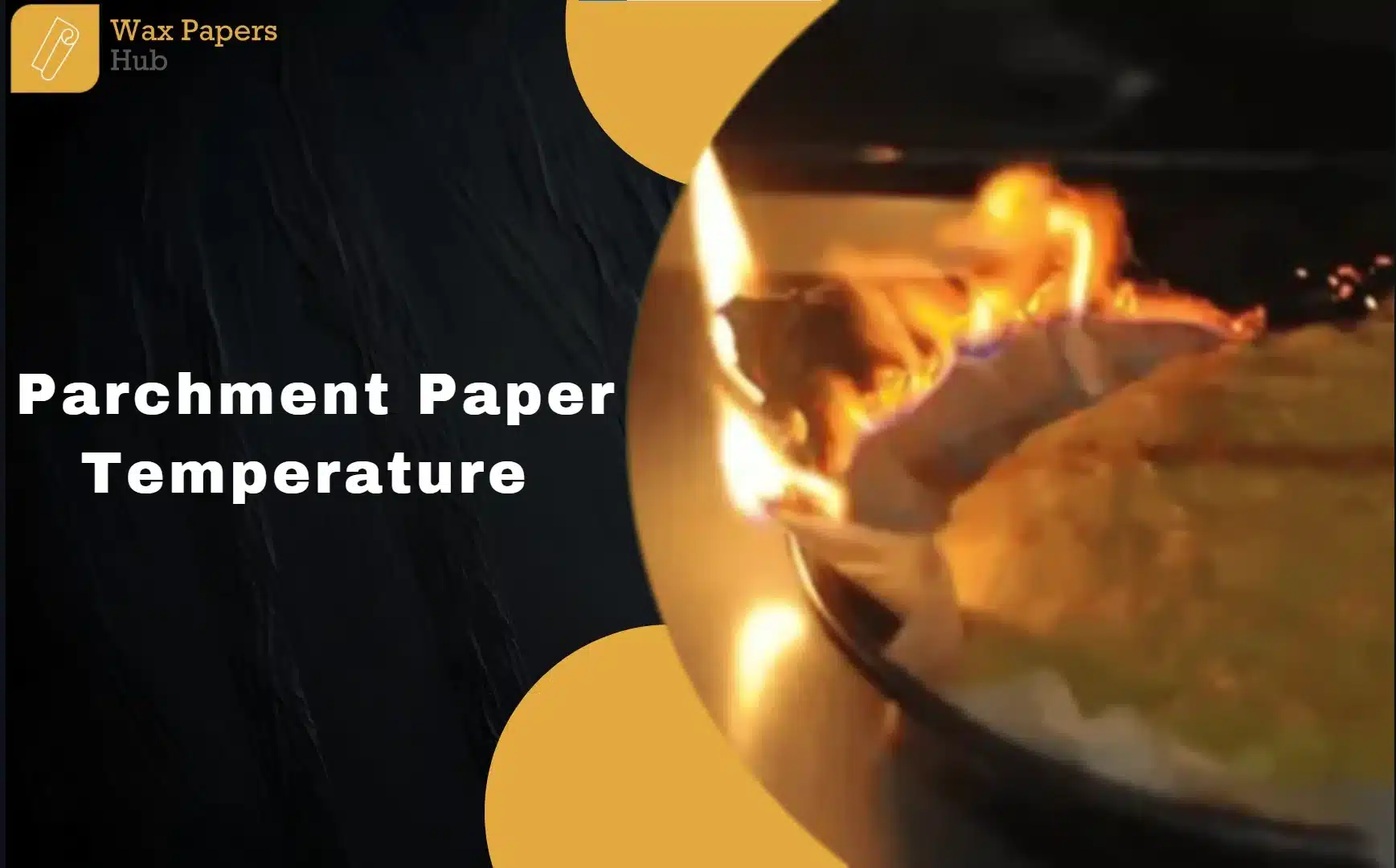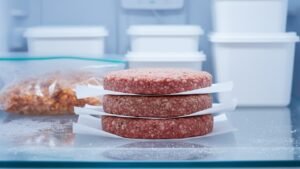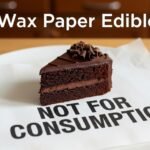Parchment paper can handle temperatures of 420°F to 450°F (215–232°C). It releases harmful chemicals when you exceed the temperature. It can also burn your food.
In this blog, you will learn the exact temperature that parchment paper tolerates.
What is parchment paper?
The silicon layer protects the food from burning and sticking. It is also called baking paper.
Limits for parchment paper temperature
We are explaining the temperature limitation of parchment paper which is mentioned below:
The safe temperature range for parchment paper is 420°F to 450°F.
Risk of burning: When you use parchment paper above 450°F (232°C), it can cause fire. It can also burn your food. Because it starts releasing harmful chemicals.
Not safe for boiling: The parchment paper is not safe for boiling. Parchment paper is not water-resistant as it can be sock and burn. For boiling and streaming, you can use other types of parchment paper like silicon baking mats.
Understanding the Risks of Parchment Paper Misuse
The risk of using parchment paper is mentioned below, along with their explanation.
Fire Hazard: The parchment paper max temperature can produce smoke if exposed to temperatures above 450°F (232°C) or direct flame. Using to avoid boiling, cooking, and open-flame cooking.
Impact on Food Quality: Parchment paper should not be used at high-temperature parchment paper, as it can not only affect the flavor of your food but also affect its quality. Spoiled food has a negative impact on your health.
Oven-Safe Substitutes for Parchment Paper
There are two substitutes for oven-safe parchment paper including sillicon baking mats and aluminum foil.
Sillicon baking mats
The silicon baking mats are reusable, oven-safe, non-stick, and heat-resistant up to 500°F (260°C).
Silicon baking mats are commonly used in cooking and baking and are the best substitute for parchment paper maximum temperature.
Aluminum Foil
The aluminum foil is heat-resistant and an alternative to parchment paper 450 degree. It is commonly used for baking and grilling.
It can used in high temperatures and helps to retain moisture in food. Aluminum foil avoids using acidic food (like tomatoes and citrus).
Final Thought
I hope you understand the temperature limits, risks, and substitutes for parchment paper. Crossing these limits can cause burning and the release of harmful chemicals.
If you want paper-to-line hot foods like cookies and cakes, you can use custom hot paper for this. At Wax Papers Hub, we offer custom parchment paper that is perfect for all your baking needs.
Faqs
Can you wash and reuse parchment paper?
No, parchment paper is not washable and reusable as it becomes breakable and weak after use.
What temperature does parchment paper burn?
The parchment paper can burn and catch fire at temperatures above 450°F. They can avoid direct contact with heating components.
What temperature can parchment paper withstand?
The parchment paper can withstand temperatures up to 420°F to 450°F. Crossing the limits may cause smoking and burning and make it unsafe for high temperatures like boiling.
What temperature is parchment paper good for?
The parchment paper is safe to use at temperatures up to 420°F to 450°F (215°C to 232°C).
Can I use parchment paper on a grill?
No, parchment paper is not safe for grilling as it can catch fire at high temperatures. You can use for grilling best for aluminum foil and grill mats.
Can I use parchment paper in a 500°F oven?
No, the parchment paper is not safe in a 500°F, as it can catch fire and smoke.

 USA
USA
 UK
UK
 CA
CA









